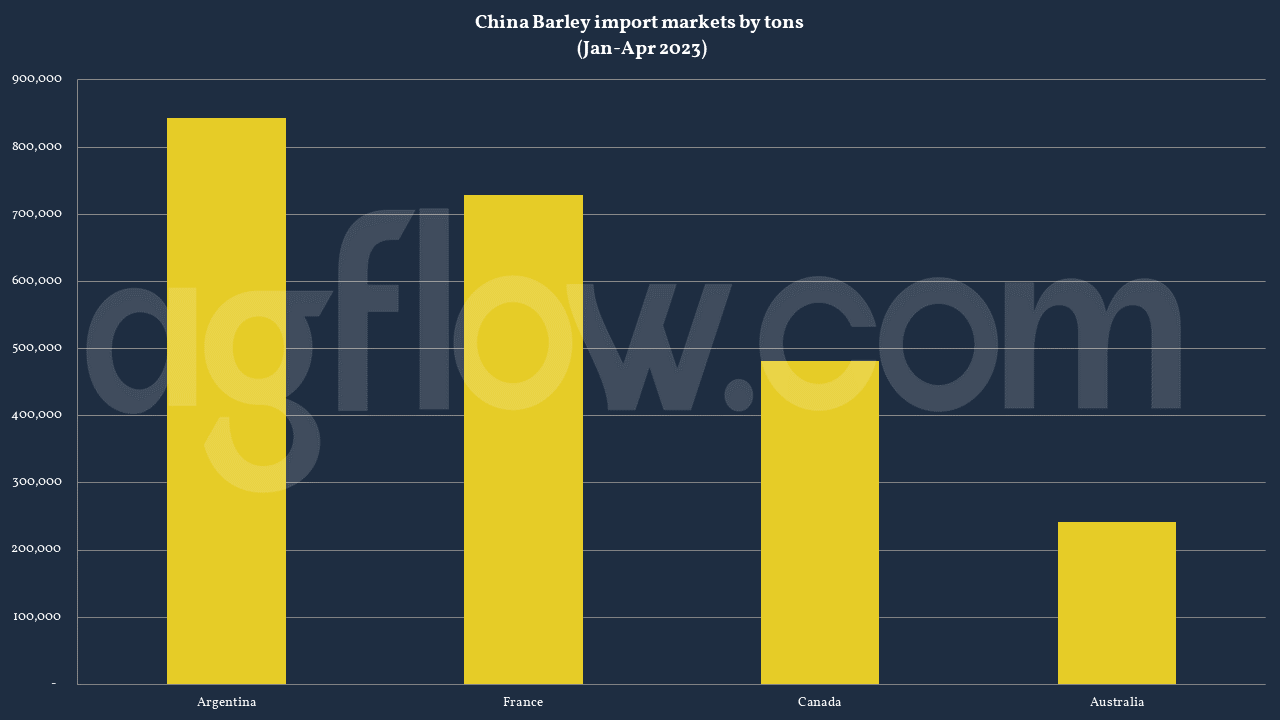China Settles Barley Trade Dispute With Australia
Reading time: 2 minutes
In a significant breakthrough for the Australia-China trade relationship, the two countries have agreed to resolve their long-standing dispute over Barley imports. This comes after years of tensions between the two major commodity trade partners, with China imposing anti-dumping and anti-subsidy duties on Australian Barley in 2018 and Australia subsequently initiating a World Trade Organization (WTO) case against China over these tariffs.
The amicable resolution of the Australia-China Barley dispute is a win for both countries, potentially unlocking new opportunities for businesses and individuals involved in the bilateral trade. The positive development may give a reason for optimism for those invested in the future of China-Australia relations.
China is one of Australia’s main trading partners, with the two countries engaging in significant trade in various sectors, including resources, agriculture, and services. Before the dispute arose, the country had been the largest export market for Australian Barley, with an average value of about US$1.2 billion per year between 2014-15 and 2018-19.
However, in May 2018, China announced it was imposing anti-dumping and anti-subsidy duties on Australian Barley, claiming that Australian farmers were receiving government subsidies distorting the market. The imposition of these tariffs had a significant impact on the Australian Barley industry, with exports to China dropping to just 440,000 tons in 2019-2020 from 6.5 million tons in the previous year. As per AgFlow data, China imported 0.84 million tons of Barley from Argentina in Jan-Apr 2023, followed by France (0.7 million tons), Canada, (0.5 million tons) and Australia (0.24 million tons).
In response to China’s imposition of duties, Australia initiated a WTO case against China in December 2018, arguing that the tariffs were unjustified and in breach of WTO rules. The case was seen as a significant escalation of the trade dispute between the two countries, and many analysts predicted that it would have a lasting impact on the Australia-China trade relationship.

Chinese Resolution of the Barley Dispute
On March 20, 2023, the China Wine Association submitted to the MOFCOM an Application for Review and Investigation of Anti-dumping and Countervailing Measures on Barley, claiming that the situation in China’s Barley market had changed, requesting the MOFCOM to review the necessity of continuing to impose anti-dumping and countervailing duties on imported Barley from Australia and cancel the measures based on the review results.
On March 27, China’s MOFCOM notified relevant parties, such as the Australian Embassy in China and the Australian Grains Industry Market Access Forum, of the receipt of the review application and forwarded to them a public copy of the application and an unclassified summary of the confidential information.
On April 11, Australia suspended its complaint to the WTO against China in a bid to reopen the Chinese market to Australian Barley for the first time after three years. The move came after the Australian government reached an agreement with China. China promised to review its duties on the grain for three to four months, and Australia agreed to suspend the WTO dispute temporarily. Australia’s Foreign Minister clarified that if the duty were not lifted at the end of the review period, the dispute would be resumed in the WTO.
The Australian Government hopes that this resolution will provide a pathway for resolving other trade disputes and lead to the eventual reopening of the Chinese market to a range of Australian products. The Grain Producers Australia, representing Barley exporters, welcomed this development and hailed the Labor Government’s efforts to stabilize the trade relationship.
Other sources: CHINA-BRIEFING
Try AgFlow Free
Access Free On Updates for Corn, Wheat, Soybean,
Barley, and Sunflower Oil.
No Credit Card Required & Unlimited Access In Time

